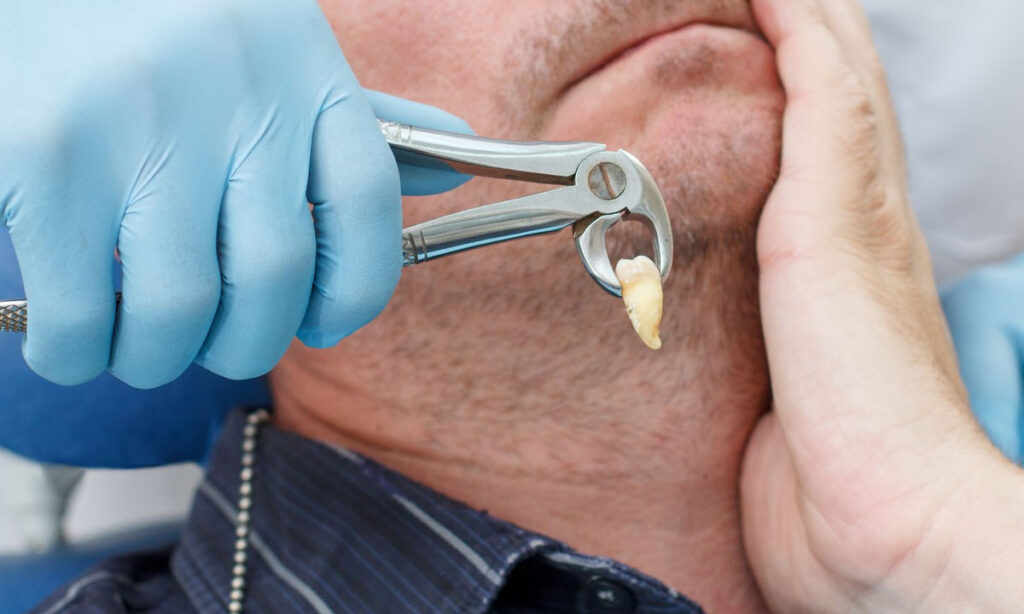
Planning for wisdom teeth removal means understanding the full timeline from start to finish. The procedure involves several stages, each playing a role in your overall experience. From your initial consultation to complete healing, knowing what to expect helps you prepare better. This guide breaks down each phase of the process, along with the time it takes. You’ll learn about the duration of surgery, recovery time, and follow-up care.
Pre-Operation Consultation
During this appointment, your dental team will examine your wisdom teeth and explain the removal process. They’ll review your medical history, examine your mouth, and likely take X-rays to assess the position of your teeth. You’ll learn about the procedure, including any possible risks. This is your chance to ask questions and get clear answers about what’s happening. The team will provide you with detailed instructions on how to prepare for your surgery day.
Surgical Procedure Duration
The actual surgery takes between 45 minutes and an hour for most patients. Your oral surgeon will carefully remove the impacted or partially erupted teeth during this time. The time it takes depends on the number of teeth that need to be removed, their location, and whether any complications arise. The surgeon begins by numbing the area to prevent pain. Then they begin extracting the teeth from your jawbone and the tissue around them. After removal, they’ll give you instructions for recovery at home.
Anesthesia Administration Time
Getting anesthesia takes just a few minutes before your procedure begins. The right amount keeps you comfortable and safe during surgery. Here’s what matters during this step:
- Precision: The correct dose keeps you relaxed without causing problems.
- Monitoring: Your dental team continuously monitors your vital signs and adjusts sedation as needed.
- Efficiency: Experienced professionals give anesthesia quickly and smoothly, making the whole process faster.
Post-Surgery Recovery Period
The recovery phase typically lasts 1 to 2 weeks after your procedure. During this time, you may experience some swelling, discomfort, and light bleeding. Follow your dentist’s instructions carefully to manage these symptoms and ensure proper healing. Pain medication, ice packs, and soft foods help alleviate discomfort and expedite healing. Avoid heavy exercise, smoking, and using straws during recovery. Keep the extraction area clean by gently rinsing with salt water and following good oral hygiene practices to prevent infection.
Follow-Up Appointments Schedule
Your follow-up appointments help track your healing and address any concerns after surgery. These checkups play a crucial role in ensuring a smooth recovery. Here’s what to expect:
- Regular Monitoring: Your dental team will closely monitor your healing process to identify any potential issues promptly.
- Professional Guidance: You’ll get expert advice on caring for your mouth and answers to your questions.
- Timely Intervention: Quick follow-ups enable your dentist to step in promptly if complications arise, keeping your recovery on track.
These appointments are a crucial part of the healing process, so please ensure you arrive as scheduled.
Overall Timeframe for Complete Healing
The first stage of healing typically lasts about 1-2 weeks, during which discomfort and swelling begin to subside. By the end of the first month, most patients experience significant improvement. However, your bones and soft tissue need several months to heal completely. After the first month, your bone ,continues to strengthen, and any remaining soreness typically subsides. Full recovery, including complete closure of the surgical sites, can take up to 6 months. Follow your post-surgery care instructions closely and attend all scheduled follow-up appointments to ensure proper healing and minimize the risk of complications.
Related Topics:

